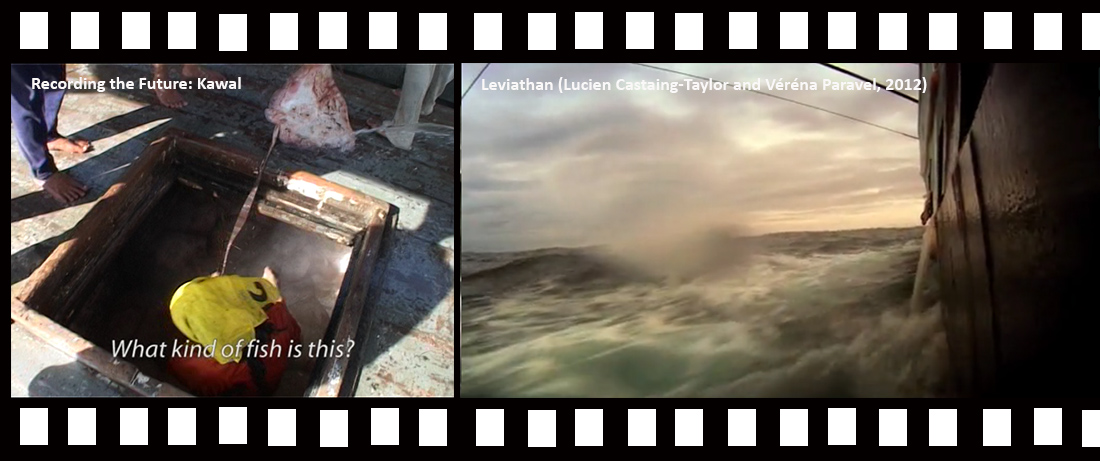
22 Sep Blog: An artist for KITLV’s expanding film archive?
Recording the Future, KITLV’s ever expanding “audiovisual archive of everyday life in Indonesia,” has produced documentaries, research articles, exhibitions, Youtube clips and a DVD for language training. What the project hasn’t done – so far – is engage with (visual) art. David Kloos sees an opportunity for the future.
Recording the Future (RtF) is a unique and fascinating resource that seeks to provide the historians of the future with the kind of material we usually don’t have: the stuff of everyday life, the things that are so common and mundane that no one ever cares to document it.
RtF is not just an historical source, however. Watching the recordings is a little bit like doing fieldwork (minus the physical and emotional challenges). It has an element of immersing oneself, in places, sounds, and language.
As such, the project fits in a broader trend of developing initiatives in “sensory ethnography.” A prominent example is the Harvard Sensory Ethnography Lab (SEL), which has facilitated the creation of avant-garde ethnographic films aimed at complementing (or replacing) the common emphasis on the textual, verbal and/or narrative with a more inclusive appeal to the human senses.
There are a few conspicuous similarities between RtF and the SEL. Like RtF, documentaries from the SEL experiment with the combination of fixed and moving camera positions to explore movements and “routes” (a cable car on a mountain in Nepal, or a one-shot recording made with a camera on a wheelchair in a public park in Chengdu), thus generating a “cinema of place”.
Both projects seek to visualize the relationship between people and their environment. When I watched Lucien Castaing-Taylor and Véréna Paravel’s Leviathan, a disorienting, deeply strange and extremely powerful “post-humanist” meditation on the journey of a fishing boat off the coast of Massachusetts, I had to think of the RtF recordings in a fishing village in Island Riau, and its visual, acoustic and tactile impressions of the relationship between people, (dead) fish, and machines.
RtF and the SEL have very different goals. RtF is an archive-in-the-making. Its images are indexed but unedited, waiting for those who wish to work with them. The project is geared mainly to scholars, who prefer a minimum of filters. The SEL is a platform for experimental filmmakers, a collection of rather more polished products.
As RtF coordinator Fridus Steijlen notes, this difference has much to do with the choice between being systematic and being experimental. He added, however, that technological changes and shifts in the use of images and visual culture – in scholarship as much as anywhere else – is blurring the line.
It is exactly the SEL’s artistic ambitions, then, that could inspire RtF to venture into new directions. Would it be an idea if KITLV invites an artist in residence to work with the material and to think beyond the constraints and possibilities of scholarship? This would enrich the project, add new interpretative layers, prompt new perspectives on the material, and create new audiences.




henk sn
Posted at 09:39h, 22 Septembergood idea